
Palanan, officially the Municipality of Palanan, is a 1st class municipality in the province of Isabela, Philippines. It also served as the final capital of the First Philippine Republic from 1900 until the capture of President Emilio Aguinaldo by the Americans during the Philippine-American War in 1901. According to the 2020 census, it has a population of 17,684 people.
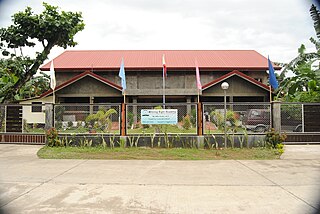
Sanchez Mira, officially the Municipality of Sanchez Mira, is a 3rd class municipality in the province of Cagayan, Philippines. According to the 2020 census, it has a population of 26,164 people.

Ballesteros, officially the Municipality of Ballesteros, is a 4th class municipality in the province of Cagayan, Philippines. According to the 2020 census, it has a population of 34,488 people.

Buguey, officially the Municipality of Buguey, is a 3rd class municipality in the province of Cagayan, Philippines. According to the 2020 census, it has a population of 32,148 people.

Pamplona, officially the Municipality of Pamplona, is a 4th class municipality in the province of Cagayan, Philippines. According to the 2020 census, it has a population of 24,781 people.
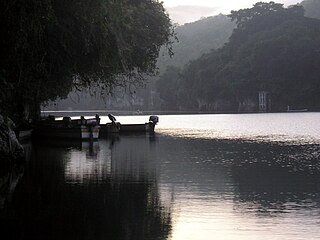
Peñablanca, officially the Municipality of Peñablanca, is a 1st class municipality in the province of Cagayan, Philippines. According to the 2020 census, it has a population of 50,300 people.

Santo Niño, officially the Municipality of Santo Niño, formerly known as Faire, is a 2nd class municipality in the province of Cagayan, Philippines. According to the 2020 census, it has a population of 28,537 people.
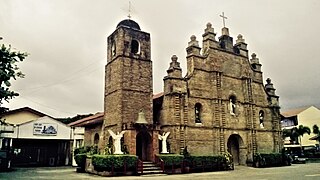
Alicia, officially the Municipality of Alicia, is a 1st class municipality in the province of Isabela, Philippines. According to the 2020 census, it has a population of 73,874 people.

Angadanan, officially the Municipality of Angadanan, is a 3rd class municipality in the province of Isabela, Philippines. At the 2020 census, it had a population of 44,977.

Cordon, officially the Municipality of Cordon, is a 2nd class municipality in the province of Isabela, Philippines. According to the 2020 census, it has a population of 46,477 people.

Dinapigue, officially the Municipality of Dinapigue, is a 1st class municipality in the province of Isabela, Philippines. According to the 2020 census, it has a population of 5,821 people.

Gamu, officially the Municipality of Gamu, is a 4th class municipality in the province of Isabela, Philippines. According to the 2020 census, it has a population of 30,655 people.

Luna, officially the Municipality of Luna, is a 5th class municipality in the province of Isabela, Philippines. According to the 2020 census, it has a population of 20,697 people.

Maconacon, officially the Municipality of Maconacon, is a 3rd class municipality in the province of Isabela, Philippines. According to the 2020 census, it has a population of 3,977 people, making it the least populous municipality in the province.

San Manuel, officially the Municipality of San Manuel, is a 4th class municipality in the province of Isabela, Philippines. According to the 2020 census, it has a population of 34,085 people.
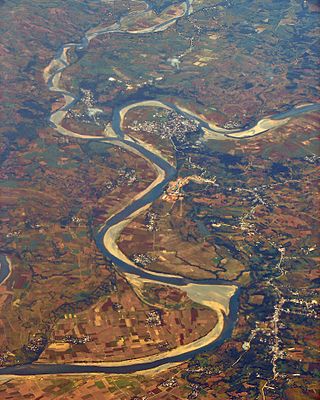
San Mariano, officially the Municipality of San Mariano; Ilocano: Ili ti San Mariano; Tagalog: Bayan ng San Mariano), is a 1st class municipality in the province of Isabela, Philippines. According to the 2020 census, it has a population of 60,124 people.

San Pablo, officially the Municipality of San Pablo, is a 2nd class municipality in the province of Isabela, Philippines. According to the 2020 census, it has a population of 26,320 people.
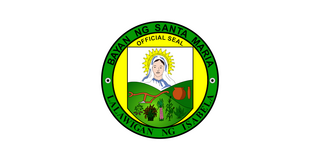
Santa Maria, officially the Municipality of Santa Maria, is a 4th class municipality in the province of Isabela, Philippines. According to the 2020 census, it has a population of 25,758 people.

Santo Tomas, officially the Municipality of Santo Tomas, is a 4th class municipality in the province of Isabela, Philippines. According to the 2020 census, it has a population of 24,528 people.

Tumauini, officially the Municipality of Tumauini, is a 1st class municipality in the province of Isabela, Philippines. According to the 2020 census, it has a population of 70,743 people.

























